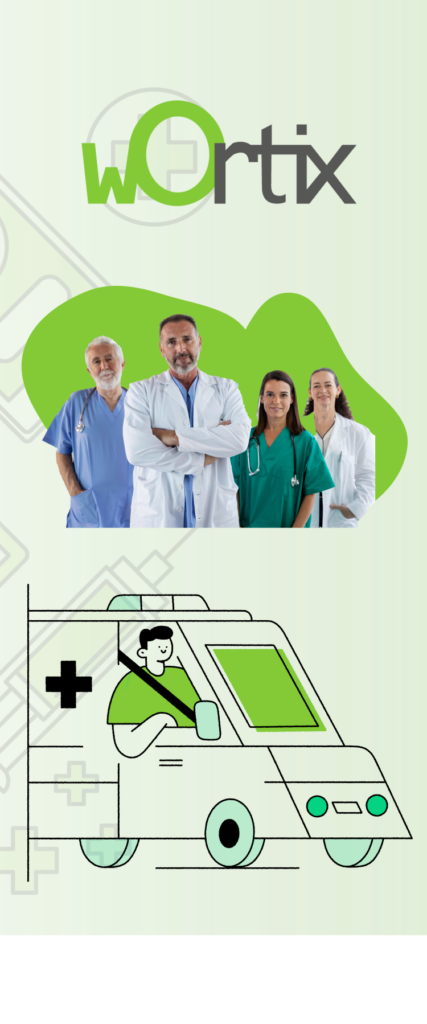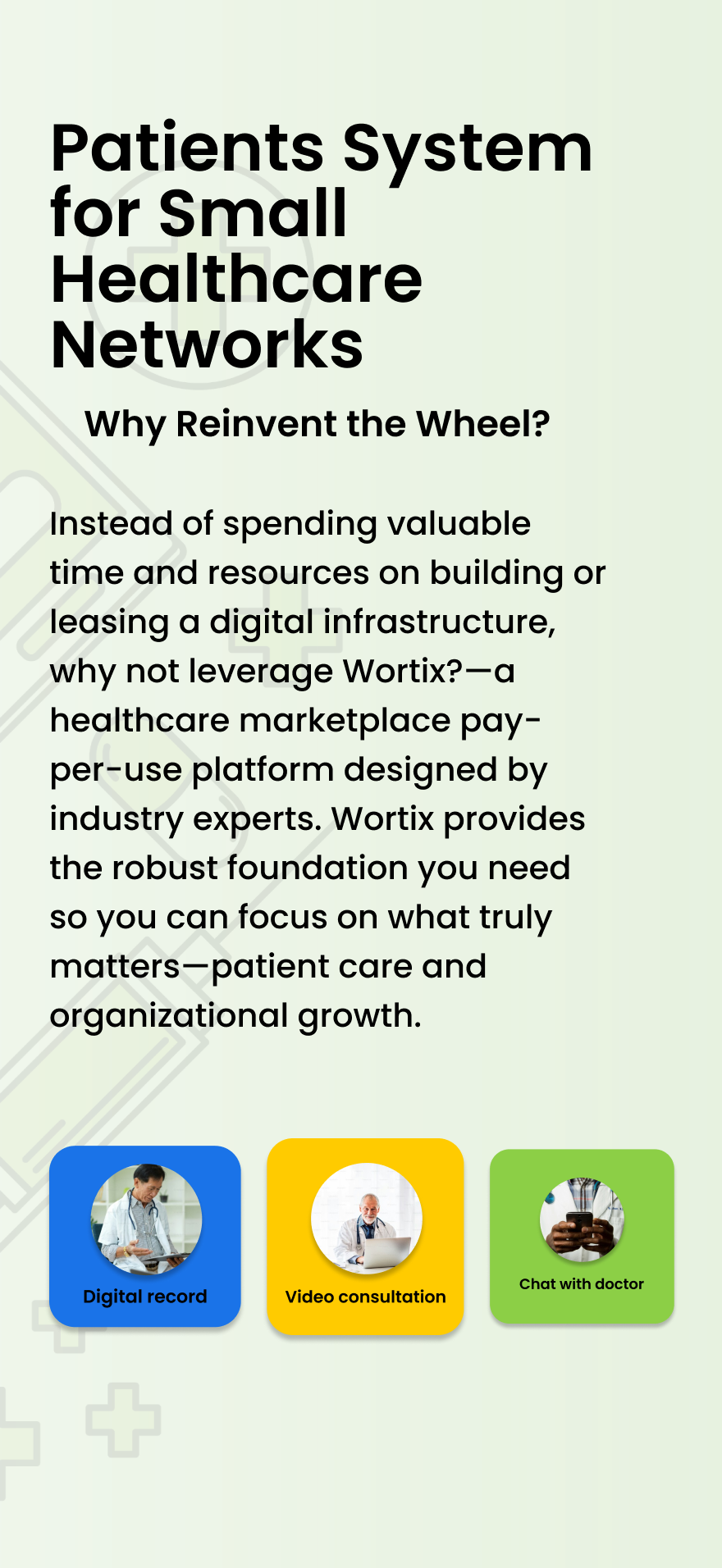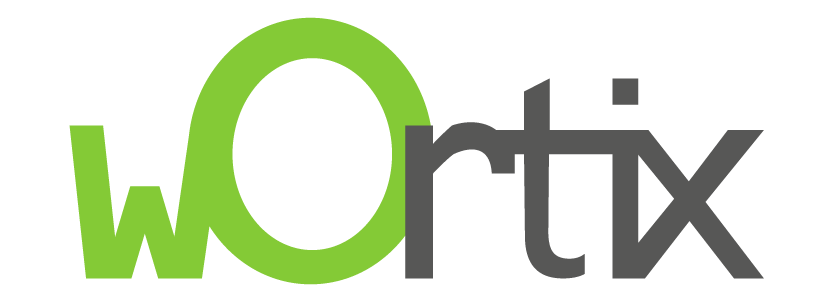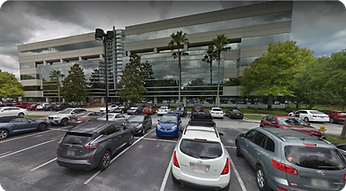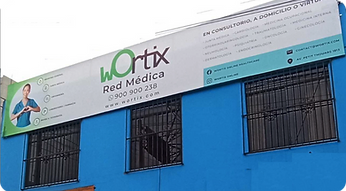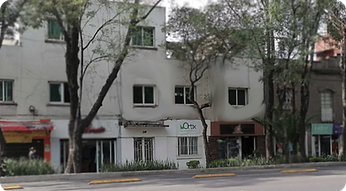As the global population continues to age, the concept of “healthy aging” has become a paramount concern for healthcare organizations and policymakers alike. According to a recent survey by the McKinsey Health Institute, older adults (aged 55 and above) across 21 countries share a common desire for physical and financial independence, meaningful connections, and a sense of purpose.
The shift towards healthy aging
The survey findings reveal that older adults, regardless of their country or socioeconomic status, prioritize factors such as managing stress, maintaining mental and physical well-being, and preserving their independence. Interestingly, the data also shows that financial stability plays a crucial role in enabling older adults to adhere to healthy habits, including those that boost cognitive health.
Contrary to the perception that older adults are technology-averse, the survey indicates widespread adoption of digital tools, particularly smartphones, among this demographic. This presents an opportunity for healthcare organizations to leverage technology in delivering personalized and accessible care solutions for the aging population.
The economic impact of healthy aging
The shift towards healthy aging has profound implications for the healthcare industry and the broader economy. As the number of older adults continues to grow, the demand for innovative and cost-effective healthcare solutions will increase. Healthcare organizations that can effectively address the needs of this population will be well-positioned to capitalize on this significant market opportunity.
Moreover, enabling healthy aging can have far-reaching economic benefits. By maintaining the physical and cognitive health of older adults, healthcare systems can reduce the burden on public resources and potentially unlock new avenues for economic growth. This could include increased workforce participation, reduced healthcare expenditures, and the creation of new industries catering to the unique needs of the aging population.
The role of technology in healthy aging
The integration of technology can play a pivotal role in supporting healthy aging. Digital tools can facilitate remote monitoring, personalized care plans, and seamless communication between healthcare providers and older adults. By leveraging the power of technology, healthcare organizations can deliver more efficient and accessible services, empowering older adults to manage their health and maintain their independence.
In this regard, it is advisable to lean on already existing technology companies, such as Wortix Healthcare, which offers turnkey solutions to enhance the rendering of professional healthcare services for older adults and others. By way of empowering businesses with available digital architecture, Wortix helps healthcare organizations skip the entire development process and jump straight into implementation.

How healthcare organizations can leverage technology to improve care for older adults
Healthcare organizations can utilize technologies like sensors and wearable devices to continuously monitor the health and activity of older adults in their homes. This allows for detecting changes in sleep patterns, physical activity, vital signs, and other health indicators, enabling healthcare professionals to intervene more proactively.
Additionally, telehealth platforms can facilitate remote medical consultations, reducing the need for older adults to travel to healthcare facilities. This is particularly valuable for those with limited mobility or living in rural areas.
Mobile apps and virtual assistants can also help older adults better manage their medications, schedule appointments and reminders, and stay connected with family and friends, mitigating social isolation.
Finally, robotics and artificial intelligence can be leveraged to assist older adults with everyday tasks like cleaning, cooking, and personal care, allowing them to live more independently for longer.
In summary, by harnessing a variety of technologies, healthcare organizations can provide more comprehensive and proactive care for older adults, improving their overall quality of life and well-being.
Final thoughts
The pursuit of healthy aging is a multifaceted challenge that requires a collaborative effort from healthcare providers, policymakers, and technology innovators. By understanding the preferences and priorities of older adults, healthcare organizations can develop tailored solutions that address their unique needs and unlock the economic potential of the silver generation.
For more insights on healthcare topics, advancements, and innovations, visit our Blog.
Sources consulted:
https://health.gov/our-work/national-health-initiatives/healthy-aging/about-healthy-aging

